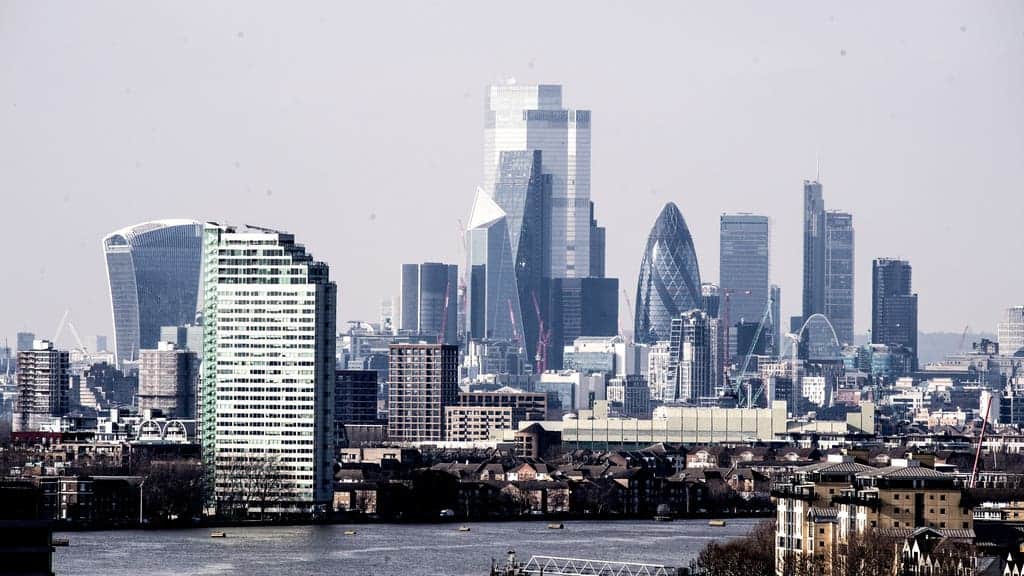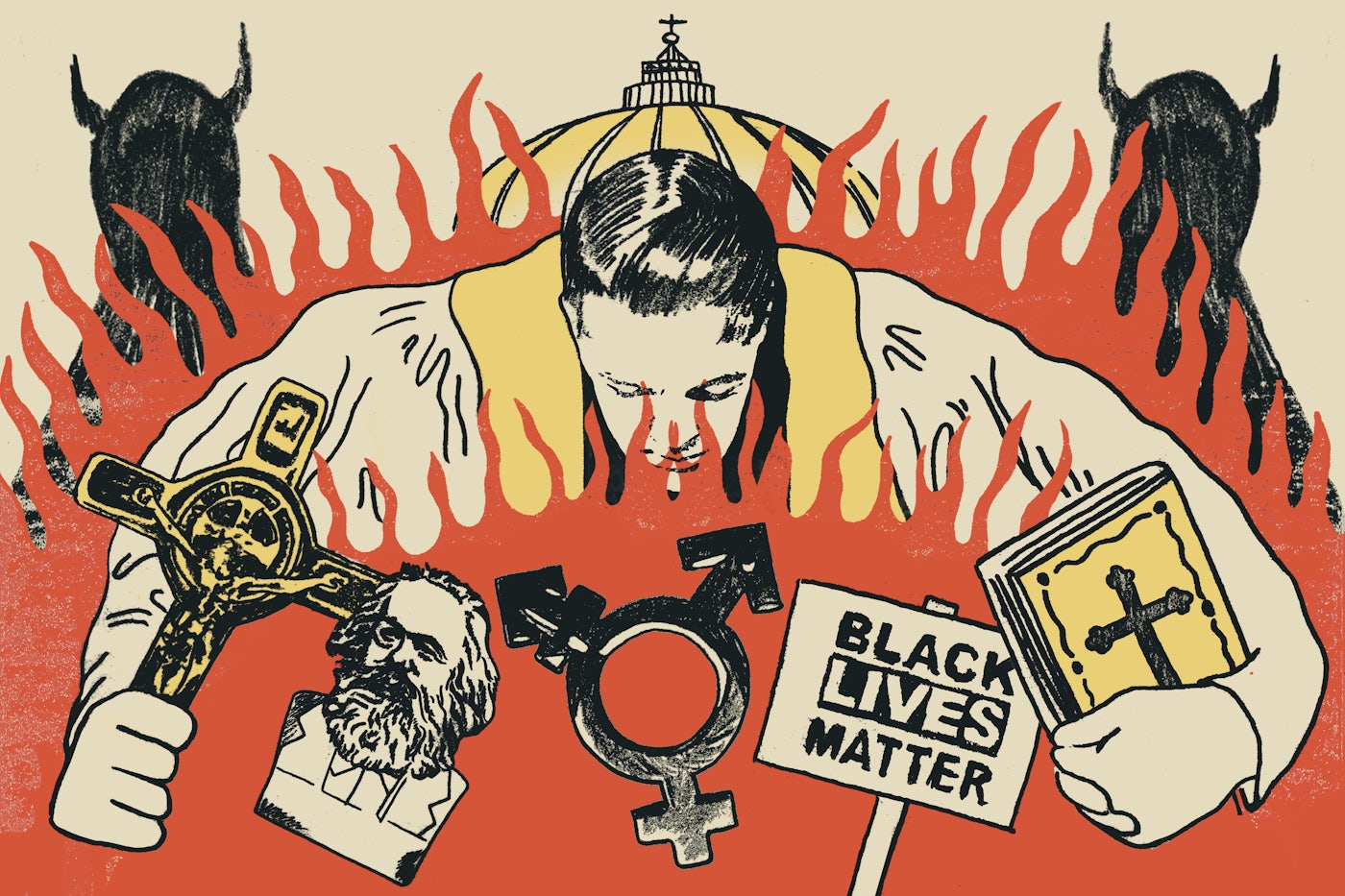UK
Full list of TORY MPs who rejected global minimum corporate tax on big multinationals
The UK is now the only G7 country not supporting it.

The Tories overwhelmingly voted against a Labour amendment on the global minimum corporate tax on big multinationals last night.
Ministers rejected a move that would force the government to back Joe Biden’s plans, making the UK the only G7 country not supporting it as things stand.
Commenting on the proposal, Labour’s James Murray told the House of Commons that “people are fed up with large multinational companies avoiding their tax”.
“Despite their business success in the UK, profit shifting to Luxembourg meant Amazon’s corporation tax contribution in the UK in 2019 was less than 0.1% of its turnover,” the shadow financial secretary to the Treasury added.
“It goes against the fairness that must be at the heart of our tax system. In this year of all years, when so many British businesses are struggling to get back on their feet while Amazon’s business booms, it is clearer than ever that change is long overdue.”
He criticised claims from ministers that they are “leading the charge” on tackling international tax avoidance and highlighted that the UK is the only country in the G7 group of nations not to have backed the plan put forward by Biden.
“This is a once in a generation opportunity to grasp international agreement on the global taxation of global multinationals that has evaded our country and others for so long. Yet, rather than stepping up, our government is stepping away.”
Biden initially put forward a 21 per cent global rate, but 15 per cent was suggested most recently as a “floor” from which to build. 130 countries are involved in negotiations, and Germany, France, Canada, Italy and Japan have reacted positively to the plan.
Here’s the full list of MPs who voted it down:








